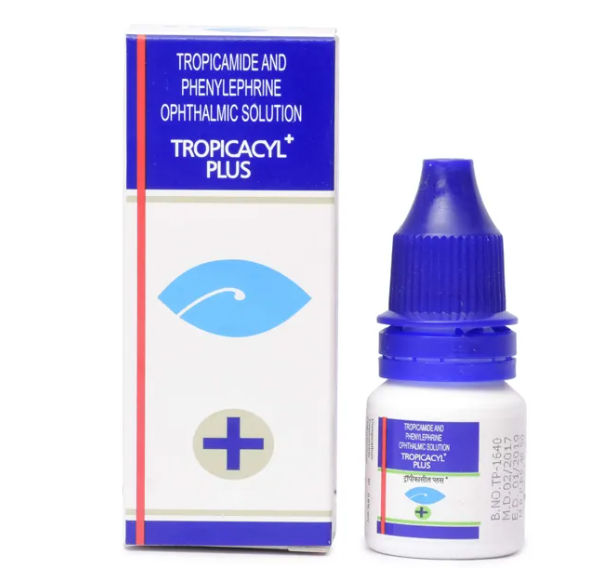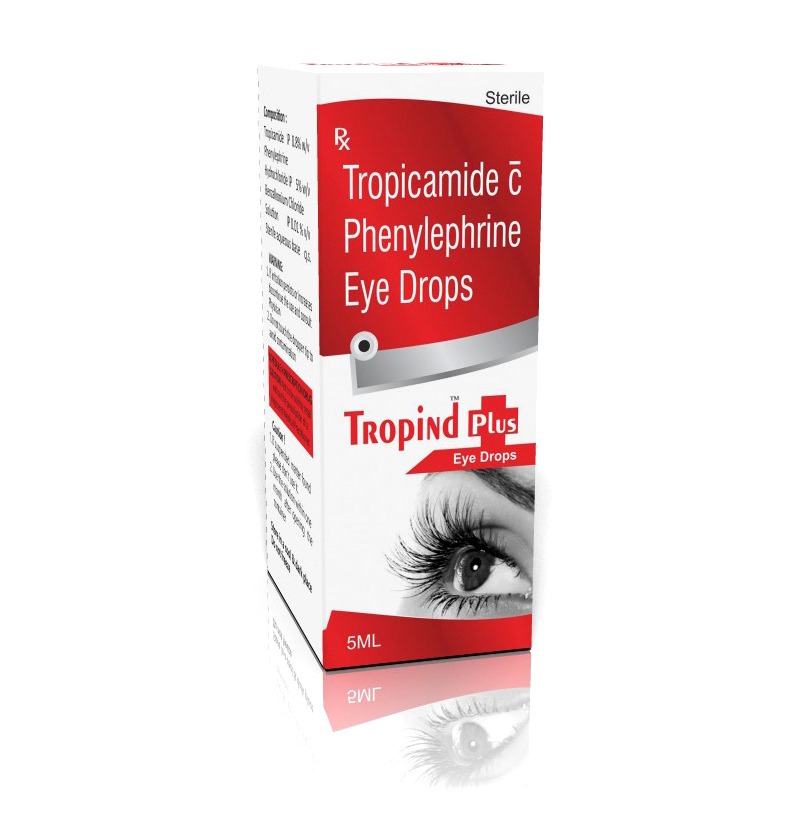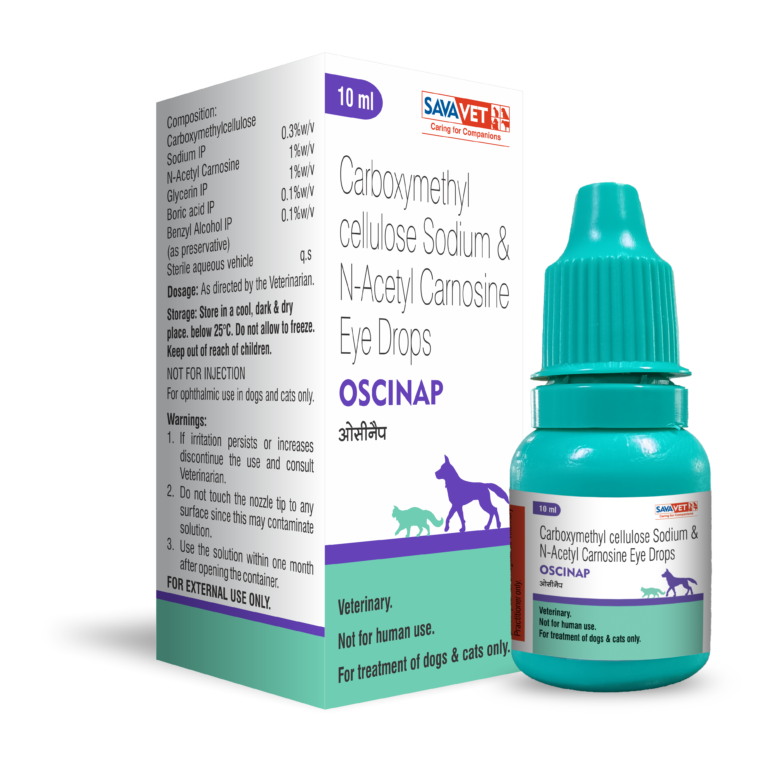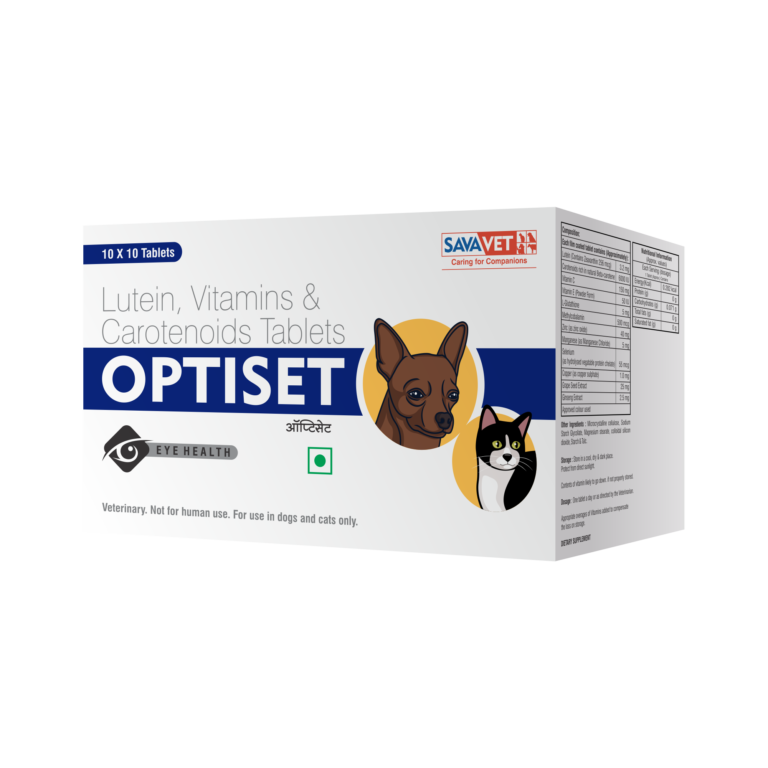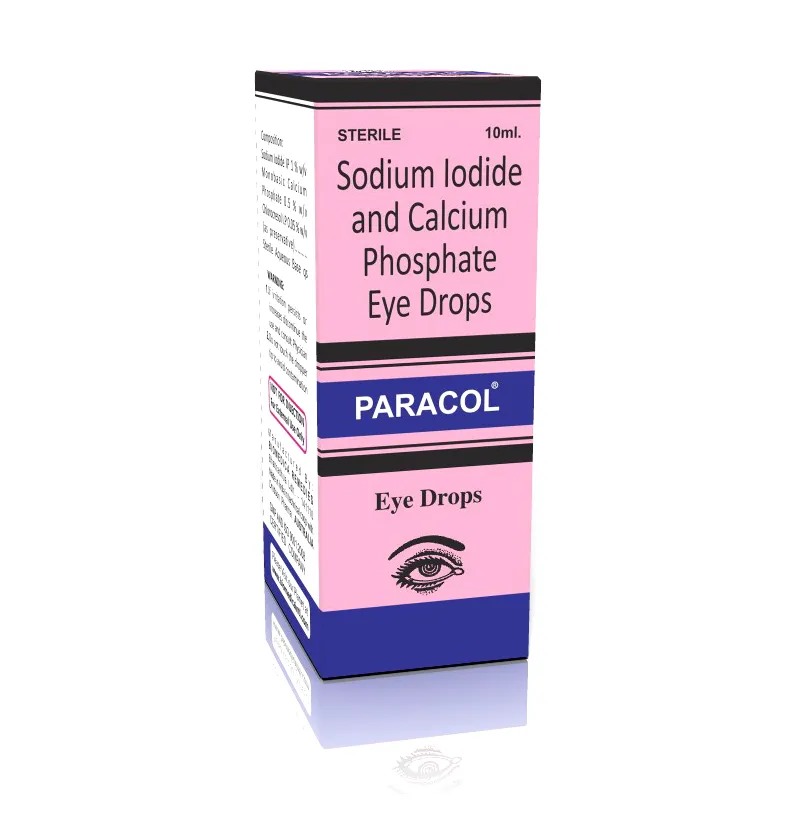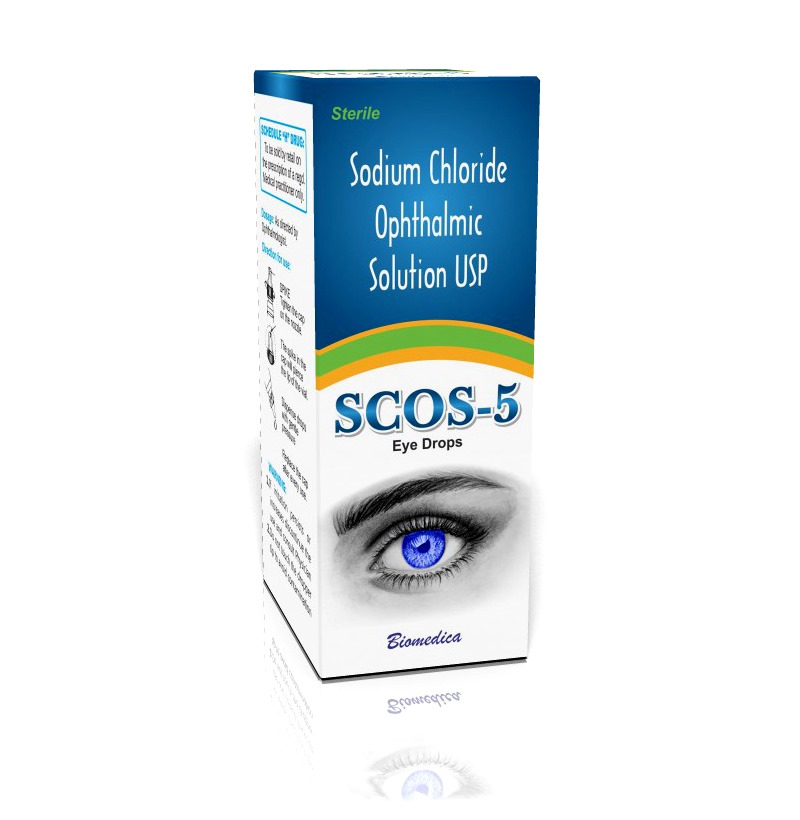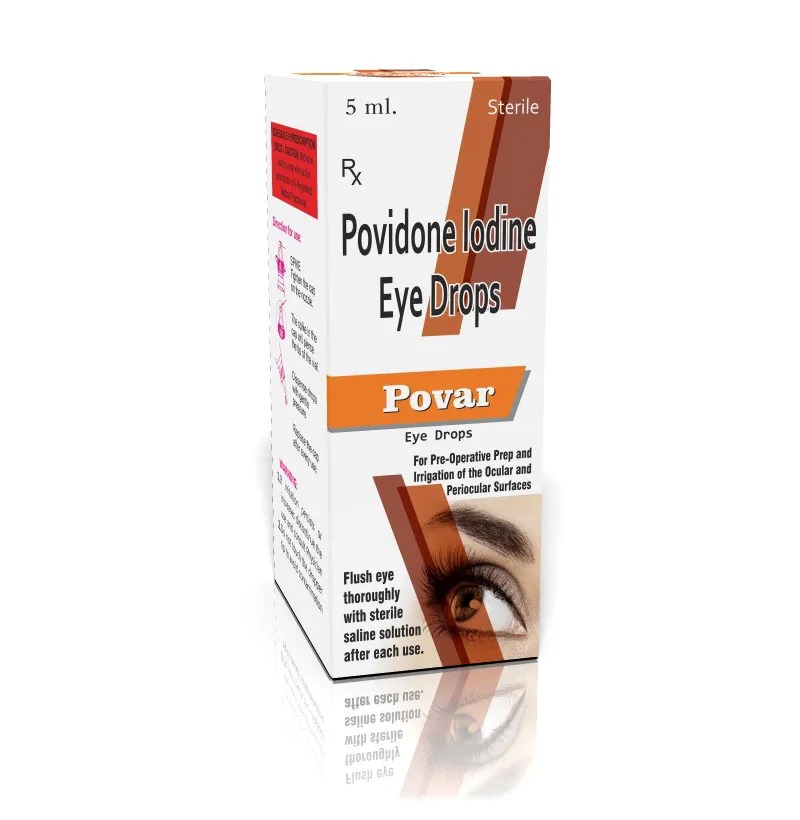🧪 Composition Each ml of Tropicacyl Plus Eye Drops contains: Tropicamide: 0.8% w/v Phenylephrine Hydrochloride: 5% w/v Chlorbutol (as preservative): 0.5% w/v These components work synergistically to dilate the pupil (mydriasis) and relax the eye muscles, facilitating detailed examination of the eye's internal structures. 👁️ Uses Tropicacyl Plus Eye Drops are primarily used for: Diagnostic Purposes: Retinal photography Fundus examination Slit lamp examination Refractive error assessment Therapeutic Purposes: Management of inflammatory conditions of the uveal tract (e.g., uveitis) Pre-operative Use: Facilitating surgical procedures like cataract extraction, vitrectomy, and retinal detachment surgery by adequately dilating the pupil. 💊 Dosage Instructions For Diagnostic and Pre-operative Use: Instill 1–2 drops into the affected eye(s) approximately 15–30 minutes before the procedure. For Therapeutic Use (e.g., Uveitis): Instill 1–2 drops into the affected eye(s) 2–4 times daily, or as directed by your healthcare provider. Application Tips: Wash your hands thoroughly before and after applying the drops. Tilt your head back and gently pull down the lower eyelid to create a small pocket. Place the prescribed number of drops into the pocket without touching the dropper tip to your eye or any surface. Close your eyes gently and keep them closed for 2–3 minutes. Wipe away any excess liquid with a clean tissue. ⚠️ Precautions and Warnings Allergy: Avoid use if you are allergic to any component of the formulation. Glaucoma: Not recommended for individuals with narrow-angle glaucoma. Drug Interactions: Use with caution if you are taking monoamine oxidase inhibitors (MAOIs) or tricyclic antidepressants, as these can potentiate the adrenergic effects of phenylephrine. Contact Lenses: Remove soft contact lenses before applying the drops and wait at least 15 minutes before reinserting them. Pregnancy and Breastfeeding: Consult your doctor before use if you are pregnant, planning to become pregnant, or breastfeeding.
Send Message